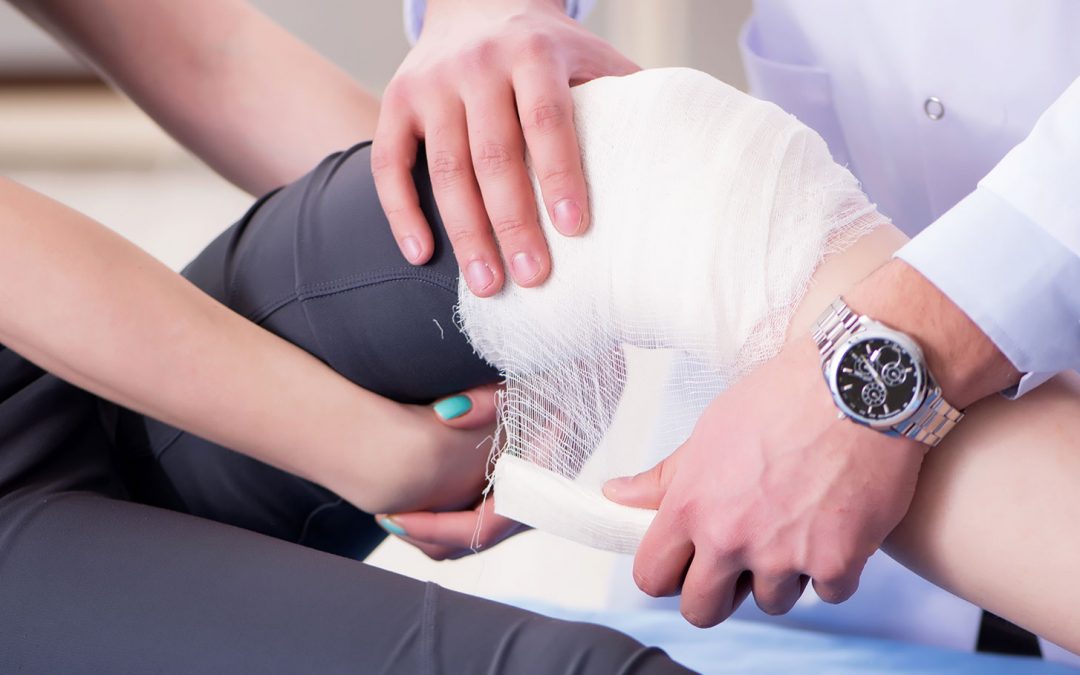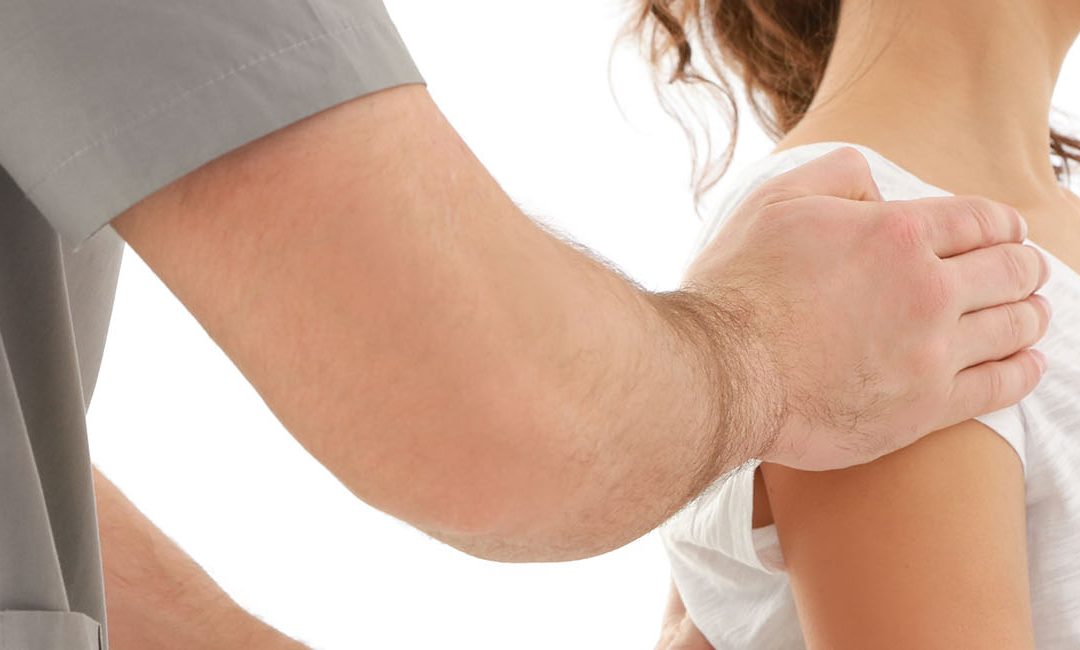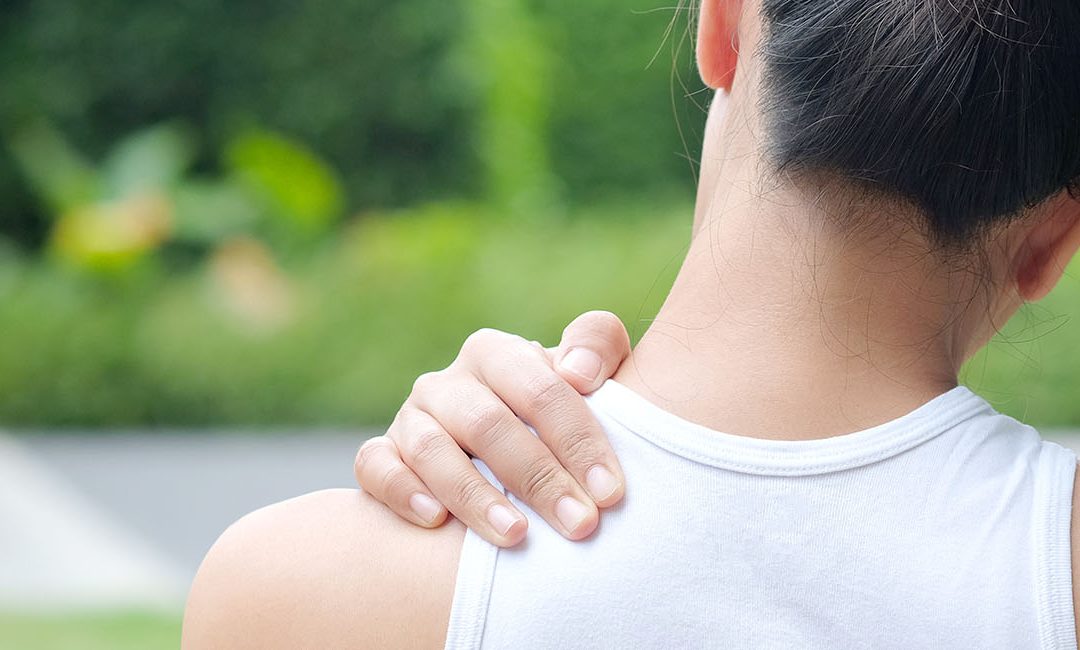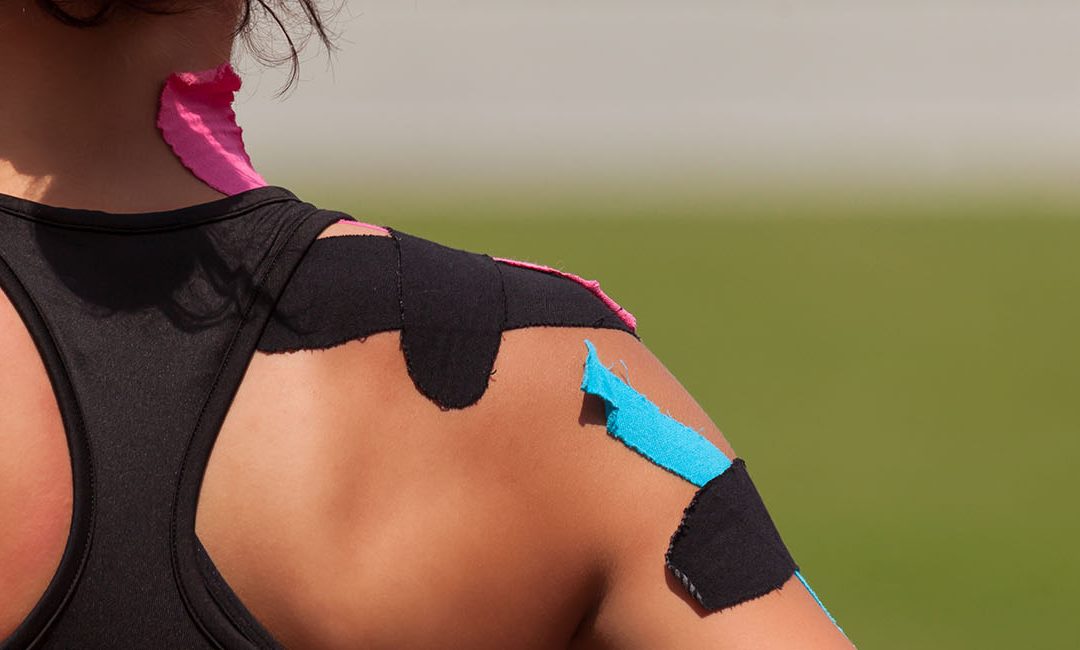Welcome To Our Blog

Hyperextended Knee
Knee Hyperextension occurs when the knee is bent too far backwards in the wrong direction. It is in a way pushed beyond its normal limits. Hyperextension can be mild or severe. In case of mild hyperextension, the symptoms usually subside within a few weeks but in case of severe hyperextension the ligaments that support the knee joint (ACL, PCL) may also be damaged. In addition, cartilage tissues may also be affected. The bones in young children are still forming and are very tender. Hyperextension in them may lead to chipping of a piece of bone from the main bone. Causes...

Shoulder Pain

Orthopedic Treatment For Cervical Pain
The neck is a flexible joint that supports the weight of the head. It undergoes a lot of movement and is therefore prone to stress and injuries. Cervical or neck pain is a common problem affecting the people irrespective of gender or age. It is generally not a symptom or indication of a serious underlying disorder. Causes Maintaining a poor posture, hunching or slouching while sitting are common contributing factors Sitting and working on the computer for too long or using the mobile phone continuously Osteoarthritis- loss of cushioning between the neck joints due to ageing...

Subscapularis Tendon Tears: Causes, Symptoms And Treatment
A group of four muscles, known as the rotator cuff muscles, control the movement of the upper arm and shoulder. The subscapularis muscle is the strongest muscle of this group that is located on the front side of the upper arm. It keeps the muscle stable and helps in inward rotation of the arm. This muscle also prevents the head of the humerus from slipping out of the shoulder socket. About two- thirds of this muscle is made up of tendons which makes it prone to injuries, particularly in athletes who indulge in swimming, playing tennis or throwing actions. Damage to the tendon...

Basal Joint Arthritis
The joints in the human body have a thin layer of cartilage lining between the bones, for their smooth and frictionless movement. Basal Joint Arthritis refers to a condition in which the cartilage in the thumb joint (at the base of the thumb) degenerates, causing the bones to rub against each other. The condition may occur due to excessive wear and tear of the joint cartilage or with age. This form of Arthritis is commonly seen in women above the age of forty years. Causes Women are more likely to develop Basal Arthritis Past injuries such as fractures and dislocations...
